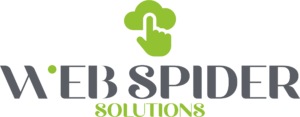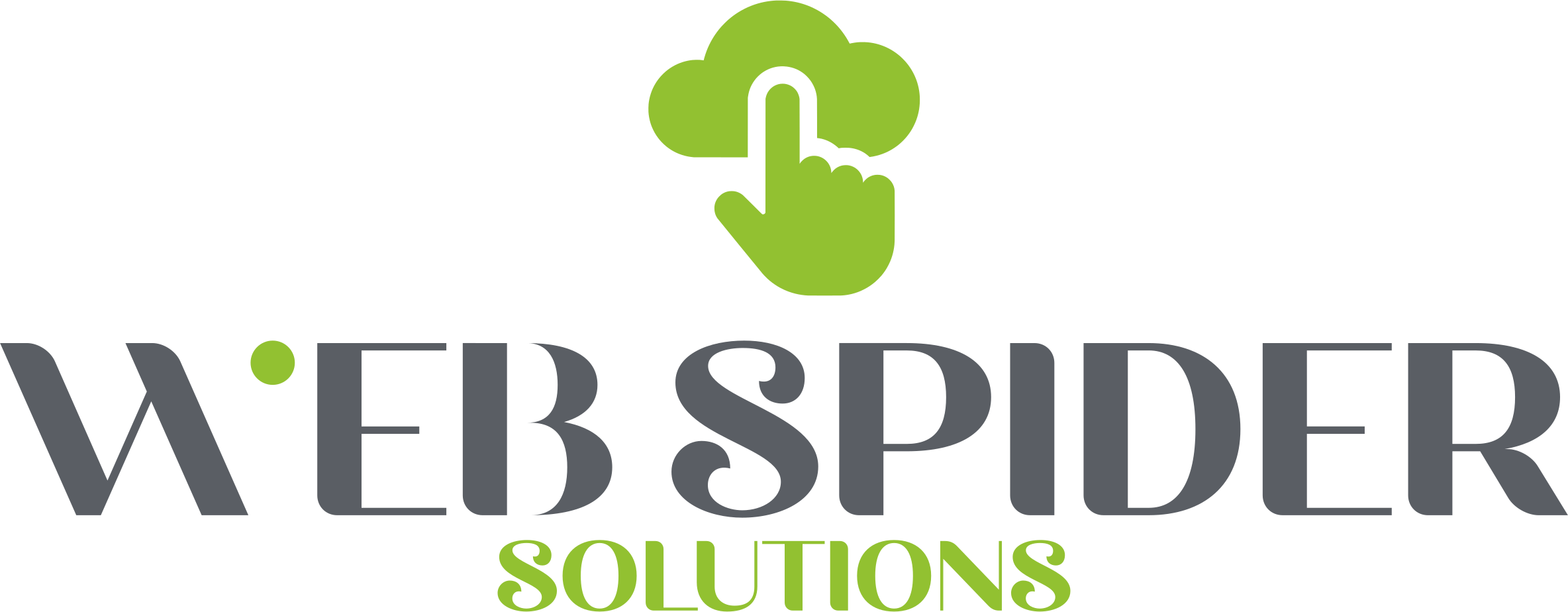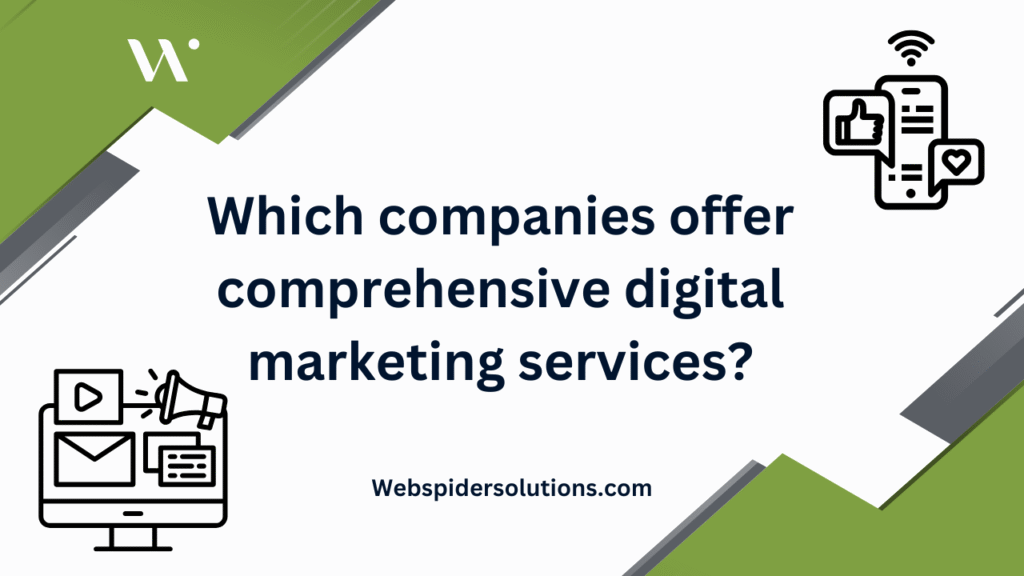In fact, the functionality of links in the SEO process is critical for comprehending how well a site is positioned and how user-friendly it is. Internal links and external links are also important to SEO, although they play different roles. Nevertheless the difference between these two types of links and the way that they influence SEO tactics remain incomprehensible to many website owners and marketers.
In this article, the author discloses information that is necessary and sufficient to differentiate internal and external links, understand mechanisms of their impact on SEO traffic, and identify peculiarities of correct application.
1. What are Internal Links?
Internal link is a connection on the Web whereby a website contains a link that leads to another page on the same site. These links connect one page to the other within your site and are important for user navigation and for the search engines to identify your website’s structure.
For instance, if you are writing a blog post with a topic “Best SEO Practices” and you have a link to another blog post with the topic “Keyword Research Techniques” within the same blog, that qualifies as internal linking.
Importance of Internal Links:
Improve User Experience: This internal linking not only gives the users an access to related content, but also keeps them engaging on your website for longer periods of time. This improves the user experience and can even decrease bounce rates.
Distribute Page Authority: Internal link helps in order to allocate “link juice” which is the SEO value of the link connected between the webpages in the same site. By linking to high priority pages you assist in the promotion of those page’s desired rank.
Enhance Crawling and Indexing: It also applies internal links because search engines use it to crawl through a given site. Good internal link help search engine to crawl all the pages of your site and to understand the relation between those pages.
Examples of Internal Links:
- Links, starting from the base of the homepage and leading to the service page.
- Links that a blogger places within a blog post pointing to another page of a blogger’s website.
- Links that are created in a form of a menu, categories, and breadcrumb.

2. What are External Links?
External links (also called outbound links) are links which refer to a website other than the one hosting the source page. Such links relate your content to other source of information, bibliography, or to other websites, which will also be useful to your users.
For example let us say, if you are writing an article on SEO tips and tricks, and then you provide a link to any study conducted by Google or any trusted SEO blog then it is an external link.
Importance of External Links:
Build Credibility and Trust: Backlink to other quality and reliable websites can also improve on the already set content. They tell search engines you are providing well informed and credible information.
Improve Relevance: Leading to other related sources enhances the reliability and meaningfulness of it for users increasing the overall quality of your articles.
Encourage Backlinks: External linking may also ensure other websites use your content to link back to your website, which improves the backlink profile of your domain.
Examples of External Links:
- Hyperlinks from your blog to a credible research study or an article.
- Links to other resources, tools, which are located outside of your domain and provide additional information about certain topic.
- Endnotes that provide the information for facts and statistical data quoted or used in the particular article being written.
3. This paper discusses the possible similarities and differences between internal links and external links as follows:
a) Location:
Internal Links: Bring links to other pages in your own Web site; do not hotlink external resources located on other domains.
External Links: Guides the customers to some other websites owning the content.
b) Control:
Internal Links: Internal flow of links is fully in your hands. It means that you can choose such an option and the destination of the links you’ll set up.
External Links: Of course, linking to an external site is useful but you don’t decide what’s going to happen on the other site to which you are linking. If the other page to which you have linked changes or is deleted, your link will be ‘dead’.
c) SEO Value:
Internal Links: Used properly, they can help distribute ranking power (link juice) within your website and can aid the search engine in understanding the layout and structure of your site.
External Links: Provide a link to your site to the external site and you might improve the SEO of the linked page. Linking also to other highly authoritative sites helps in gaining the trust of the search engines as well as relevance.
d) User Experience:
Internal Links: Maintain your users on your site and link them to another content that you think they will be interested in.
External Links: Providing users with links to other sites but ensuring that they are offered more materials to make the value of your content higher.
4. How Internal Links Impact SEO
They are a critical aspect of SEO since they assist search engines to crawl and index a site. Here’s how they impact your SEO efforts:
Hierarchy and Structure: Internal links assist the search engines in identifying relationships between pages. Another factor is the number of internal links which point to the page, because the more internal links exist, the greater rating the page gets.
Anchor Text Optimization: For the internal links the best practice is to use the keywords as the direct anchor text because it also gives a search engine a concept of what the linked page contains hence enhancing its ranking to those keywords.
PageRank Distribution: Internal link is important because it helps the site to manipulate the flow of PR or link equity within its website. When you start linking from higher rankings pages to other pages that are not well ranked or are newer, you improve their rating.
5. How External Links Impact SEO
Looking at external links as a component of web site promotion, it should be noted that correct references can significantly improve trust and relevance to the site’s position in search engines list. Here’s how they contribute:
Authority Building: When you use links to great sources, you help the search engine to understand that your content is genuine and respectable. It assists in giving credibility for your own website.
Relationship Building: Backlinks can be achieved through external link it is an effective strategy in backlink building. This way, you can direct them to your site and gain their consent to link back to you in the future thus improving on the backlinks.
Relevance Signals: I understand that links to authoritative sources within your text prove that your information is a part of the vast informational space, which enhances the overall context of your page for search engines.
6. Strategies of Internal and External Linking
Internal Linking Best Practices:
Use Descriptive Anchor Text: A good example of the use of anchor texts is a relevant and descriptive texts containing keywords of the specific page in question.
Link to Important Pages: Make users (and search engines) navigate to other sections more easily by linking to cornerstone content relevant to your website, products, services, or blog.
Maintain a Logical Structure: Internal linking should therefore be considered as a tree where from the root, which is the home page, users are directed down to other levels, which is your content.
External Linking Best Practices:
Link to High-Authority Sites: Always connect to relevant sources that are authoritative, authoritative that can add more value to your readers.
Avoid Overlinking: Also, it is prohibited to fill your page with too many external links. This could reduce the focus of the users and also waters down the relevance of your own page.
Check for Broken Links: Check the external link periodically in order to know whether they are still functional and relevant.
Conclusion
While internal and external links are important components of an effective SEO approach, they have diverse functions. Internal links supported site navigation, SEO correlated organization, and user participation as well as external help in increasing trust from users by linking your content to reputable sources. Combined, it will impact positively on the SEO results in your site and on the user experience which will in turn improve the position of your site in the search engine, for further information contact us.











